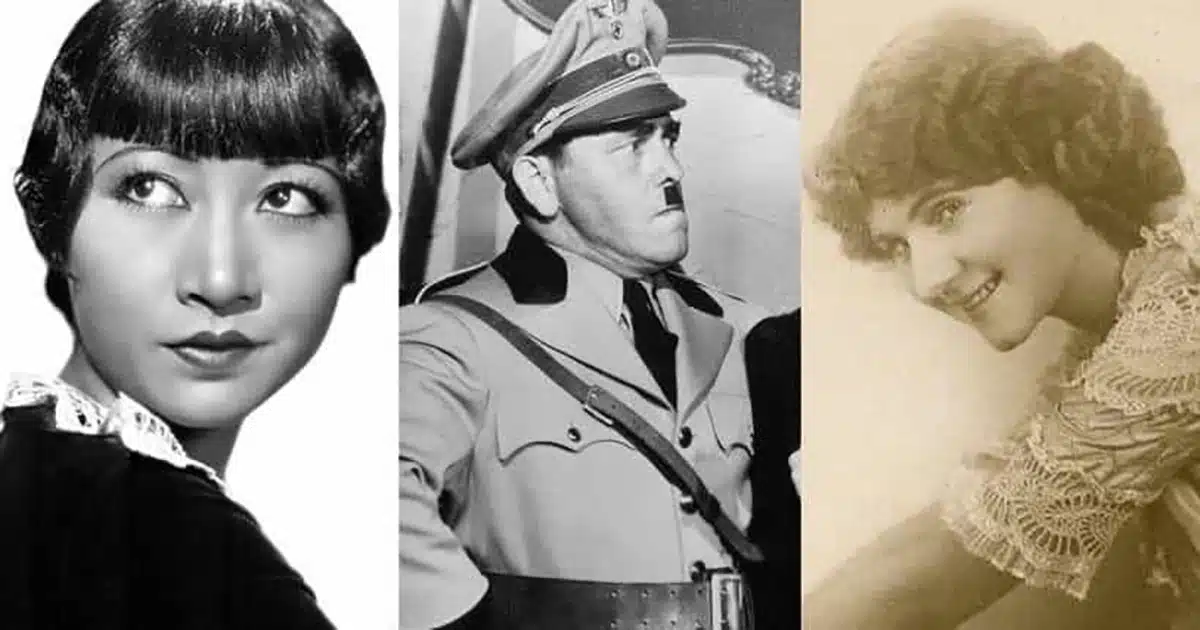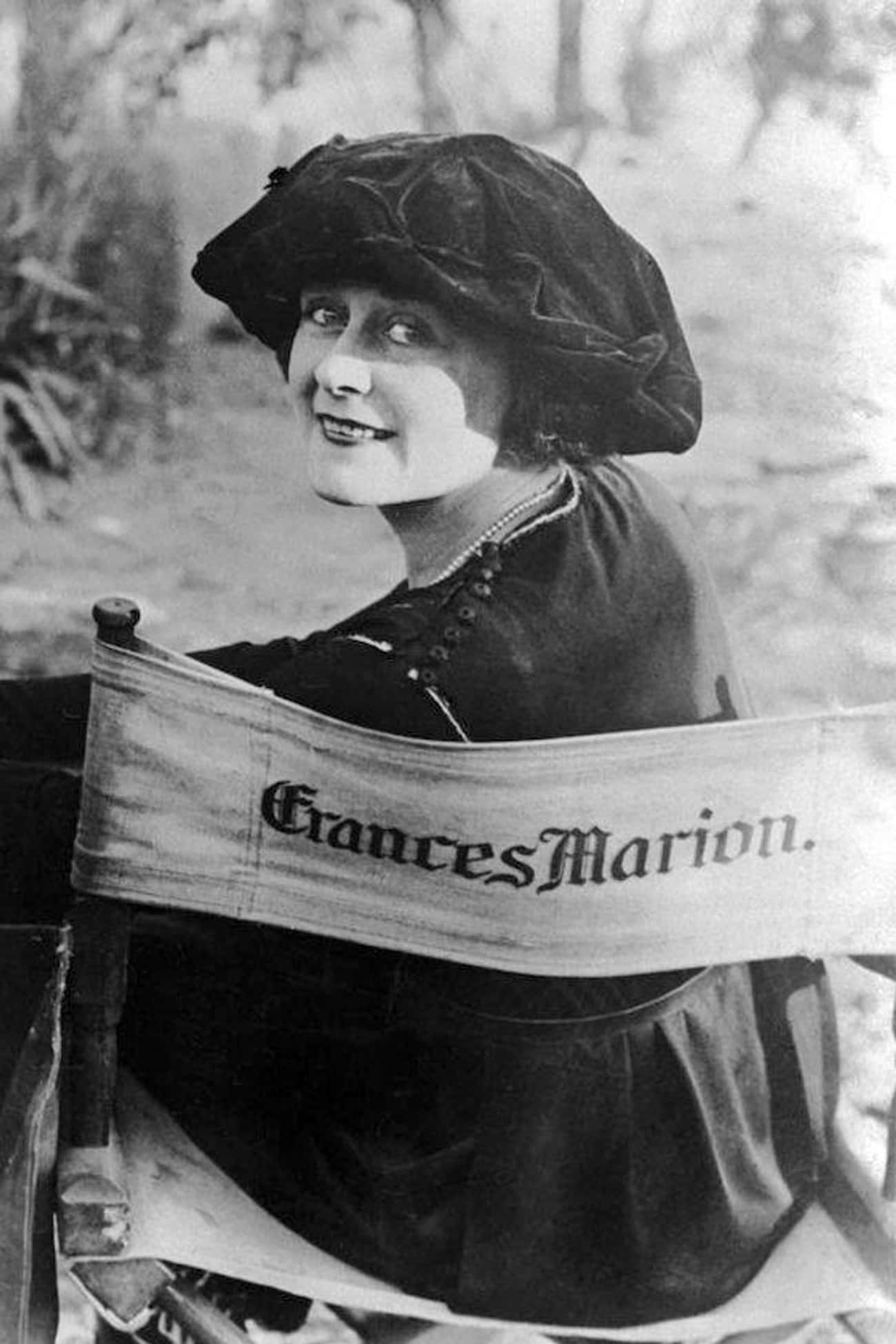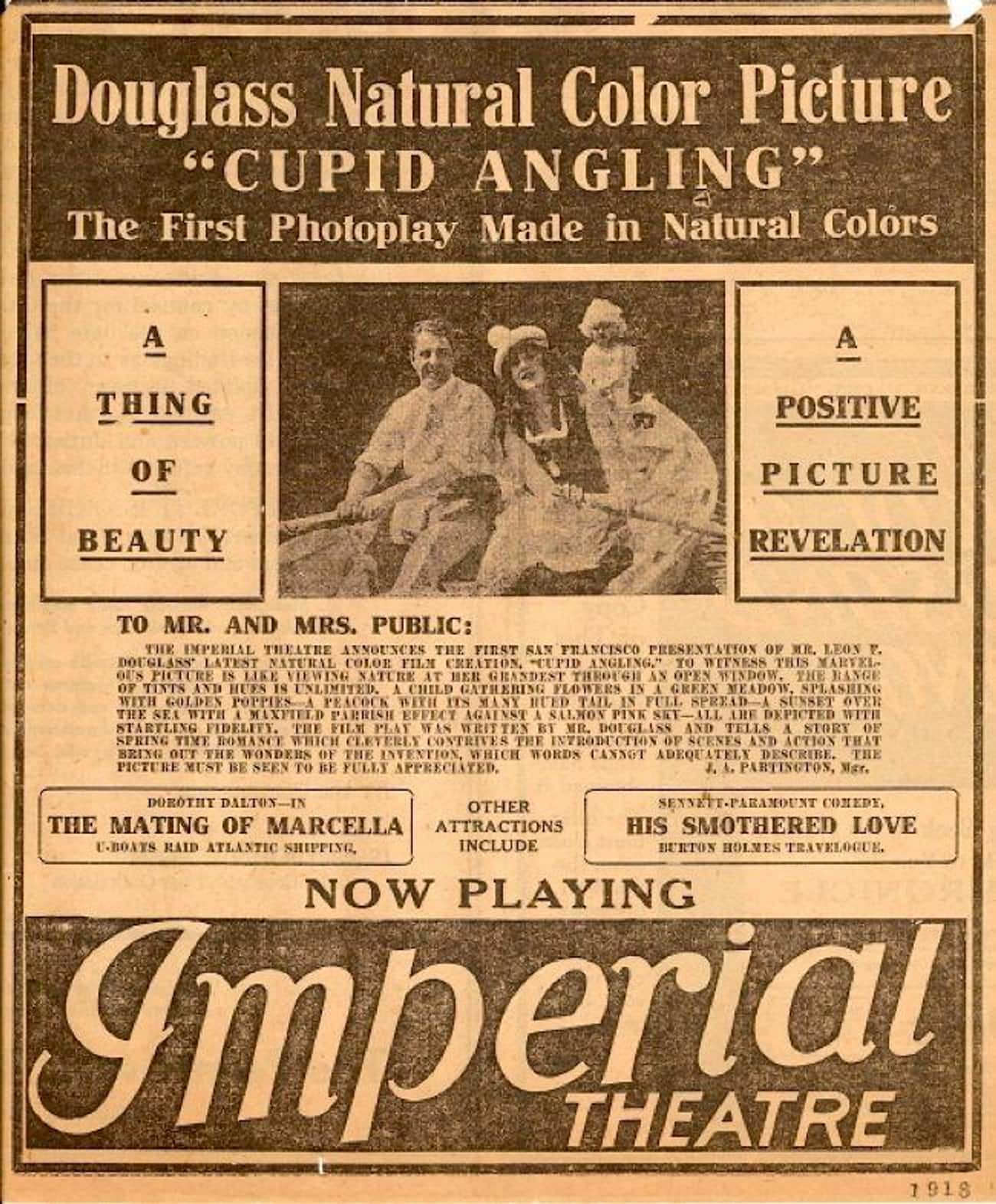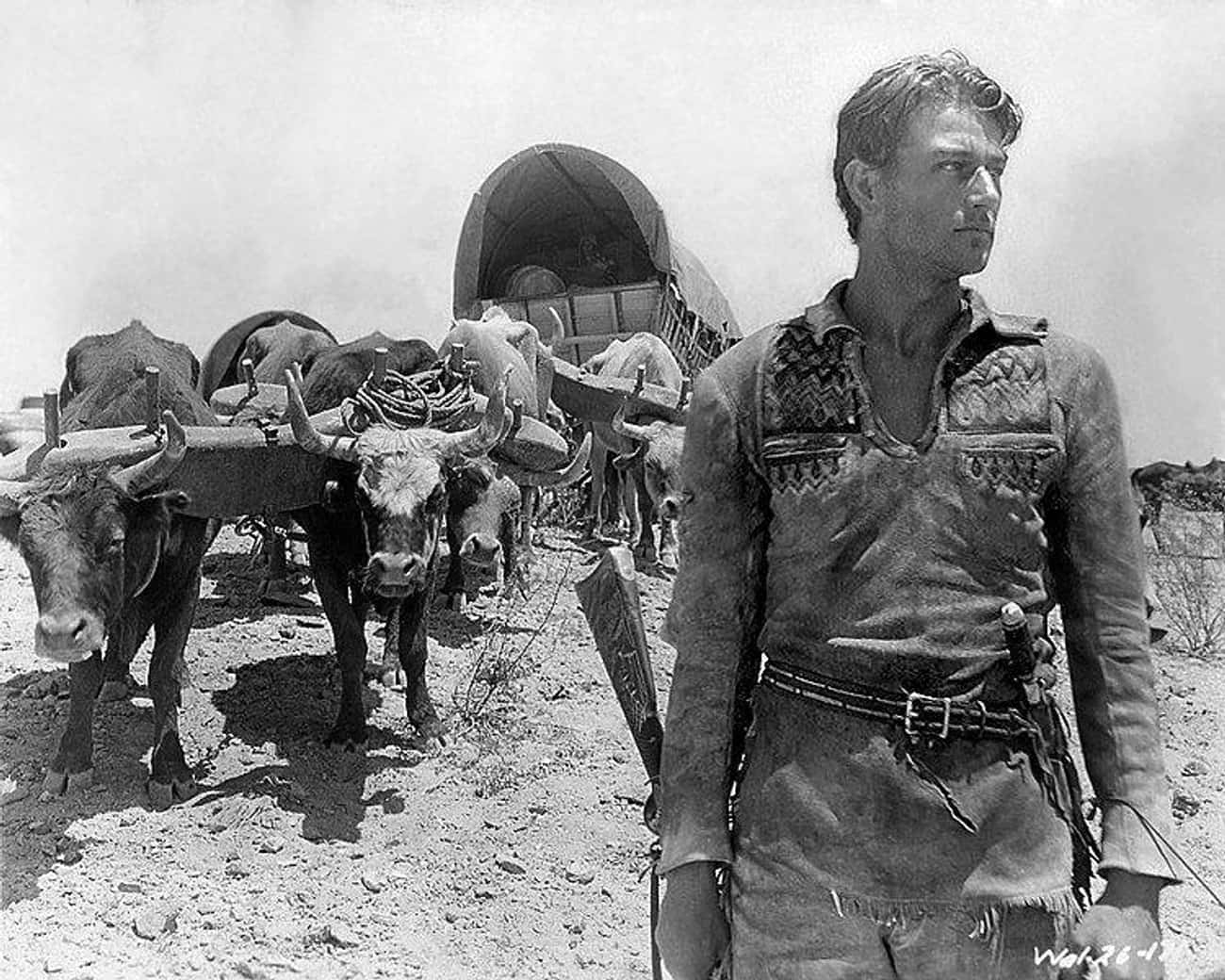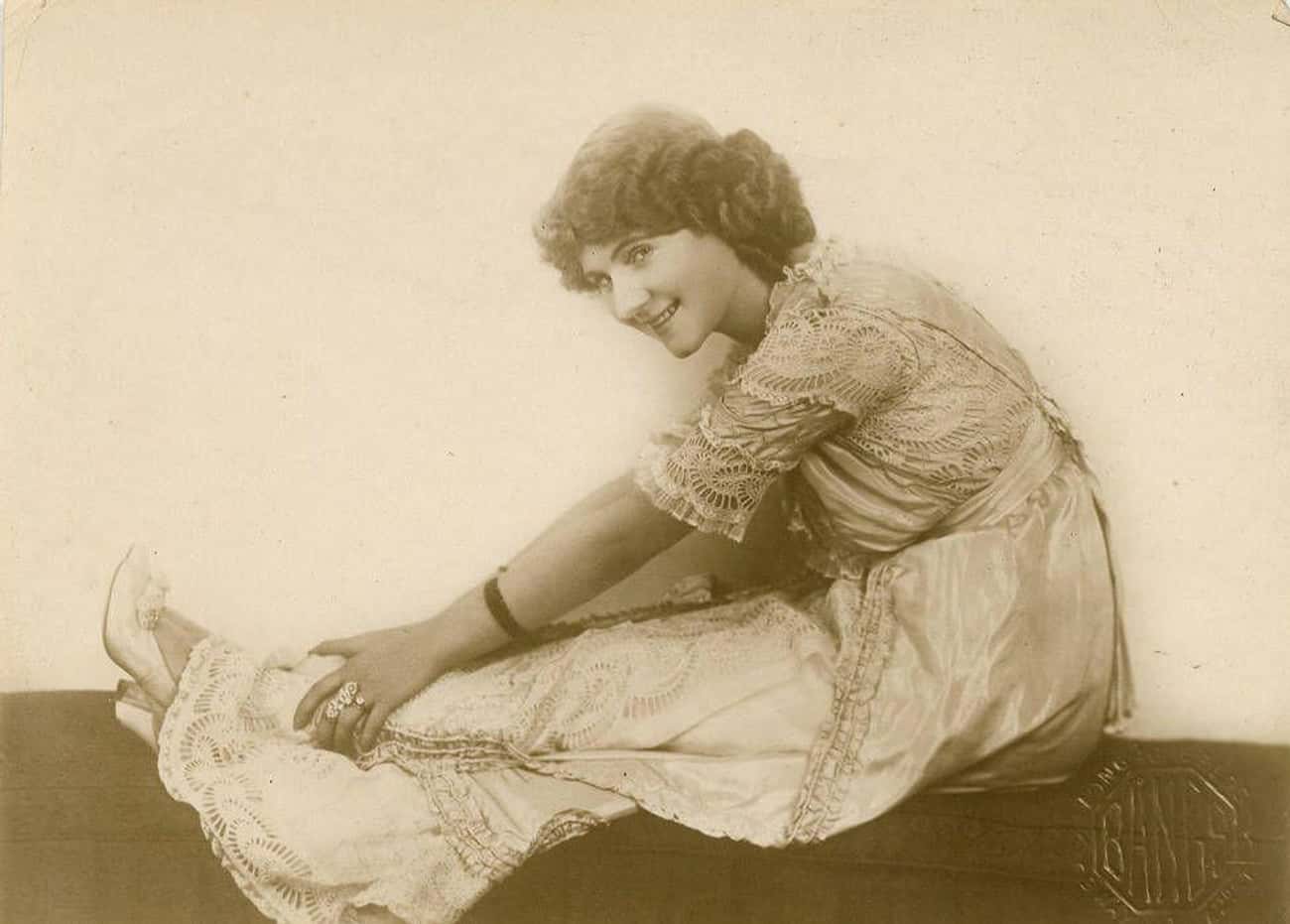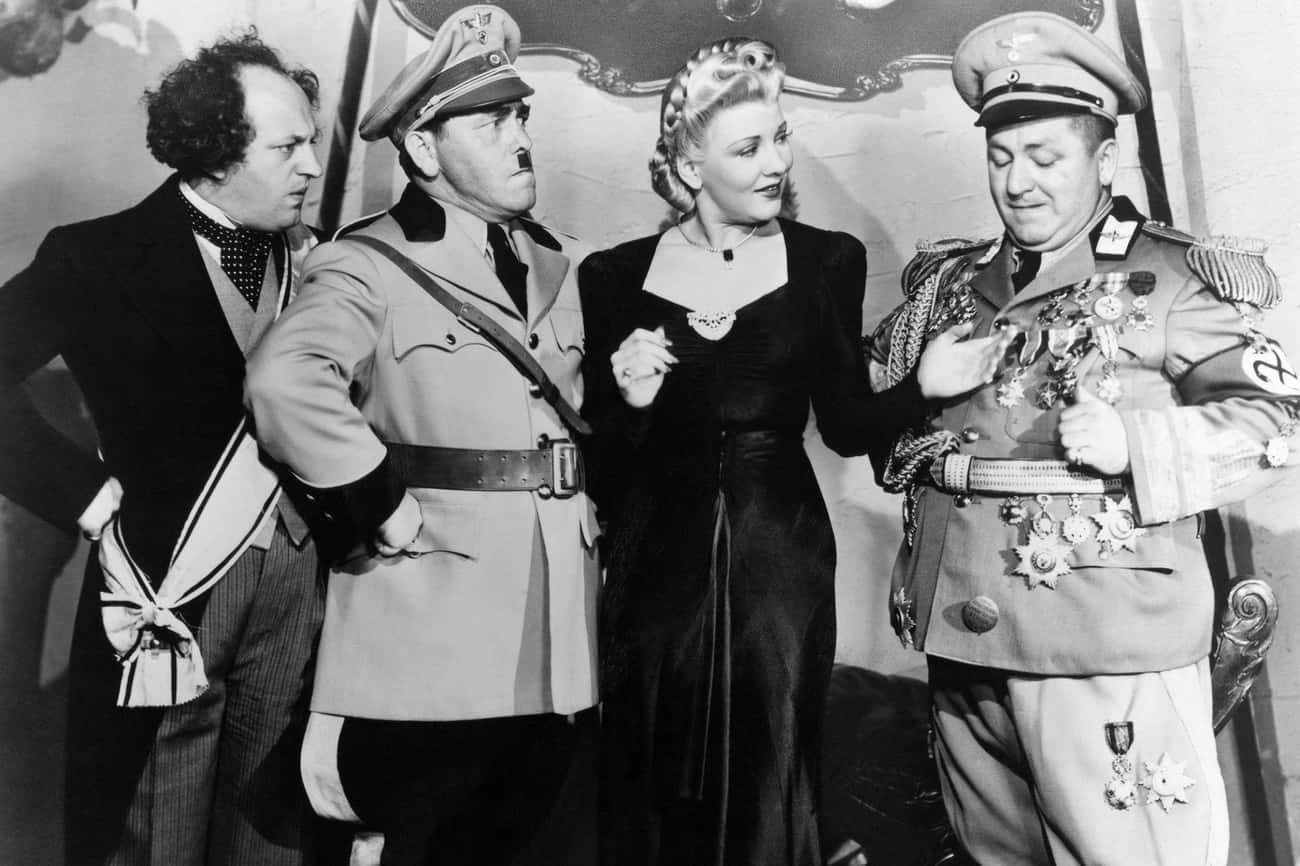The history of Old Hollywood is full of interesting facts, larger-than-life characters, and stories that stick with you, whether they are funny or sad. There are so many strange facts about the old movie business that you could fill books with them. Here is just a small sample, in which we find out how some movie legends got their stage names and learn that color movies have been around for a lot longer than we thought.
Read on for some interesting facts about the golden age of movies, and vote up the things that don’t make as much sense as an overly dramatic movie script.
The Highest-Paid Screenwriter Until 1934 Was A Woman.
It’s a well-known fact that Hollywood, at least the part behind the camera, has been mostly run by men. So, it comes as a bit of a surprise to learn that the best screenwriter of the silent era was a woman who also directed.
From 1915 to 1934, Frances Marion was the highest-paid person in her field in the United States. From 1916 to 1919, when she wrote only for megastar Mary Pickford, she made $50,000 a year, which is close to $1 million by today’s standards.
In 1921, Marion directed two movies: The Love Light and Just Around the Corner. The Love Light starred Pickford. Even though she didn’t do well as a director, she kept writing scripts for movies until the 1940s.
Marion loved the movie business, and powerful people in it, like Pickford and boy-genius producer Irving Thalberg, also loved her. But she didn’t think the business would be easy either. She won the Oscar for The Big House’s Best Adapted Screenplay, and she later talked about how she felt when she got the famous statuette:
I saw it as a perfect symbol of the picture business: a powerful athletic body clutching a gleaming sword with half of his head, that part which held his brains, completely sliced off.
A Color Feature Film Was Released In 1918, But It No Longer Exists
There are different opinions about whether or not Cupid Angling was the first full-length color movie. But since it came out in 1918, which was 20 years before The Technicolor Adventures of Robin Hood, it’s definitely one of the first.
Leon Douglass, a film producer, came up with the process of Douglass Natural Color, which was used to make the movie. The system would switch between frames that were dyed red-orange and frames that were dyed green-blue. This would make the colors look more natural.
In the early days of movies, there were many attempts to make the color film. Technicolor made a two-strip process in the 1920s. This was a step toward the famous three-color process used in movies like Robin Hood, The Wizard of Oz, and Gone With the Wind.
Cupid Angling is considered a lost film because no copies of it have been found.
John Wayne Got His Stage Name In A Discussion Between A Director And Studio Head That He Didn’t Attend.
John Wayne, who later became a movie legend, started out as a prop boy and an extra for the Fox Film Corporation. He worked his way up to bit parts before getting his first leading role in The Big Trail, which came out in 1930.
Raoul Walsh, who was in charge of making the movie, was looking for an unknown person who could show how rough and unpolished life was in the Old West. Walsh first noticed the man who would become John Wayne when he was moving furniture across a soundstage.
[T]he expression on his face was so warm and wholesome that I stopped and watched. I noticed the fine physique of the boy, his careless strength, the grace of his movement.
The problem was that this up-and-coming actor’s name was Marion Morrison, and a macho Western hero couldn’t be named Marion Morrison. Walsh and studio head Winfield Sheehan came up with the name “John Wayne.” Sheehan liked American Revolution Gen. Anthony Wayne, and the name “John Wayne” seemed like a good choice for a manly man.
People still don’t agree on whether Sheehan or Walsh came up with the name more, but it’s pretty clear that Marion Morrison had nothing to do with it and didn’t care much either.
The First Hollywood Star Was Canadian, And Her Name Was Kept Secret.
Florence Lawrence was the first movie star, but at the time, not many people knew her name. People just called her “The Biograph Girl.”
Lawrence was born in Hamilton, Ontario, Canada. He grew up in vaudeville and moved to the United States to start acting in movies. By 1908, she was working at Biograph films and had been in dozens of shorts directed by D.W. Griffith, who was a pioneering director. Fans called her “The Biograph Girl” because she wasn’t given a name on the shorts. This was because early producers didn’t want actors to be famous enough to ask for more money.
In 1910, Lawrence moved to Carl Laemmle’s Independent Motion Picture Company, which was also known as IMP. Laemmle made a big deal out of Lawrence’s move, and he finally gave Lawrence credit by name.
Lawrence was the first modern movie star, but she didn’t get as rich as Mary Pickford and Charles Chaplin, who came after her. By the 1930s, she was living off of small charity roles from movie mogul Louis B. Mayer. In 1938, she killed herself.
The First Hollywood Film To Spoof Hitler Was A Three Stooges Short Called ‘You Nazty Spy!’
Before Pearl Harbor, the relationship between Hollywood and the Third Reich was not simple. Filmmakers, especially Jewish ones, had a lot of reasons to dislike the Nazis, but the US was not yet at war with them, and making fun of the government of a large foreign market wasn’t always good for business. So, with a few exceptions, Hollywood in the late 1930s mostly moved slowly.
In The Great Dictator, which came out in October 1940, Charles Chaplin made fun of the leader of the Third Reich. The Three Stooges, on the other hand, beat Chaplin to the punch by nine months. In January of that year, they released their own quickie parody of the Third Reich, even though Chaplin’s film had started production first.
The Stooges put out a two-reel short called “You Nazty Spy!” in January 1940. In it, they play stupid wallpaper hangers who are put in charge of the country of Moronica by businessmen who think they are dumb enough to be easy to control.
Moe plays a leader like Hitler, Curly plays a mix of Goering and Mussolini called Field Marshal Gallstone, and Larry is Propaganda Minister Pebble (a spoof of Goebbels). After a bunch of funny mishaps, the dictatorial trio is overthrown and eaten by lions. I’ll Never Heil Again, a sequel came out in 1941.


